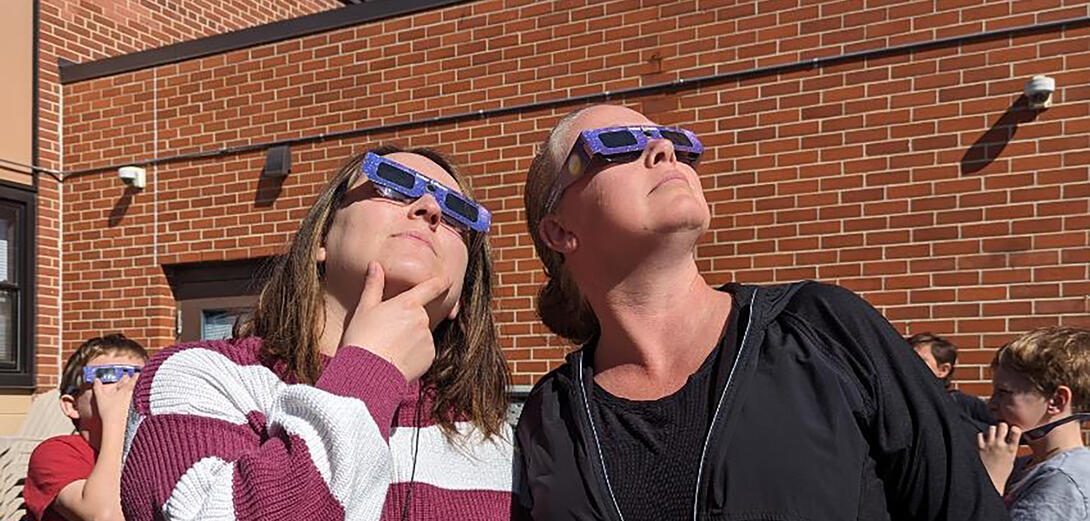Before I became a teacher, I was a hockey referee.
As part of my referee development, one of the things I was trained in was how to break up fights. As a high school teacher, I wasn’t totally surprised to find myself using this training in my work.
One particular day, when I encountered a couple of big, strong Grade 11 boys going at it, I was glad that I had that training.
Rule number one for a ref breaking up fights is to not get yourself injured. So, if the participants are throwing fists back and forth, it’s best not to immediately step in.
As I ran toward this fight, I decided to turn my attention to the dozens of students gathered to watch. I knew that the interest in fighting would dissolve much faster if the audience was dispersed, so that is what I first worked on — getting everyone else back into the school.
With the crowd dispersed, my colleague was able to separate the combatants. I did get some ribbing from my Grade 12 boys after lunch for being too scared to immediately step in. I could take it. After all, I was safe, the rest of the students were safe and they got the message that if they are cheering on a fight, they too could be held accountable for their involvement.
Unfortunately, aggression in schools is on the rise. A recent survey of Alberta teachers found that half of teachers had experienced aggression as part of their work within the first three months of the school year. That number rises to three-quarters for school leaders.
...half of teachers had experienced aggression as part of their work within the first three months of the school year.
In this study, aggression is defined to include violence, bullying, harassment and hostility. Two-thirds of teachers say the extent of aggression has gotten worse since the pandemic.
Studies from Ontario and elsewhere in Canada show similar trends.
I think it is important that we not leave the impression that schools are broadly unsafe. I don’t believe that to be the case. However, rising incidents of aggression must be addressed in order to ensure schools remain safe.
Given the national concern on this issue, the Canadian Teachers’ Federation (CTF) has launched a webpage and a podcast series to explore this issue and advocate on it. Check out www.ctf-fce.ca/stop-violence-in-schools/ for more.
Right now, the CTF is currently looking at two bills moving through the House of Commons designed to amend the Criminal Code of Canada.
These bills would remove section 43 of the Criminal Code, which allows parents and teachers to use reasonable corrective force. Let’s be clear, the removal of section 43 is a good thing. It was called for as part of the Truth and Reconciliation Commission’s (TRC) Calls to Action. The CTF and the ATA fully support commitments to enact the TRC’s Calls to Action.
However, section 43 had been used in the past to assist teachers who needed to use force to do things like break up fights. The two bills in the house currently need to be amended to include new language that allows teachers to use limited but reasonable physical force, if necessary, to protect the safety of children and others. The CTF has proposed language that would achieve the outcome while still protecting students from unreasonable force and abuse.
Check out the CTF website to learn more and send a message to your member of Parliament.
The issues of aggression and violence in schools are complex. We must approach them with care, thoughtfulness and sound research. The ATA’s research on the matter has strong recommendations on how the government and school boards can help support improvements. We need consistent and fair discipline, better reporting of incidents, and more training and supports for teachers.
We also have to address systemic issues in education, like underfunding, understaffing and the erosion of programs and supports for students with complex needs.
Teachers should be focused on learning, not refereeing. Addressing the issues that are causing rising aggression should be everyone’s goal. ❚
I welcome your comments. Contact me at jonathan.teghtmeyer@ata.ab.ca.

ATA News Editor-In-Chief


